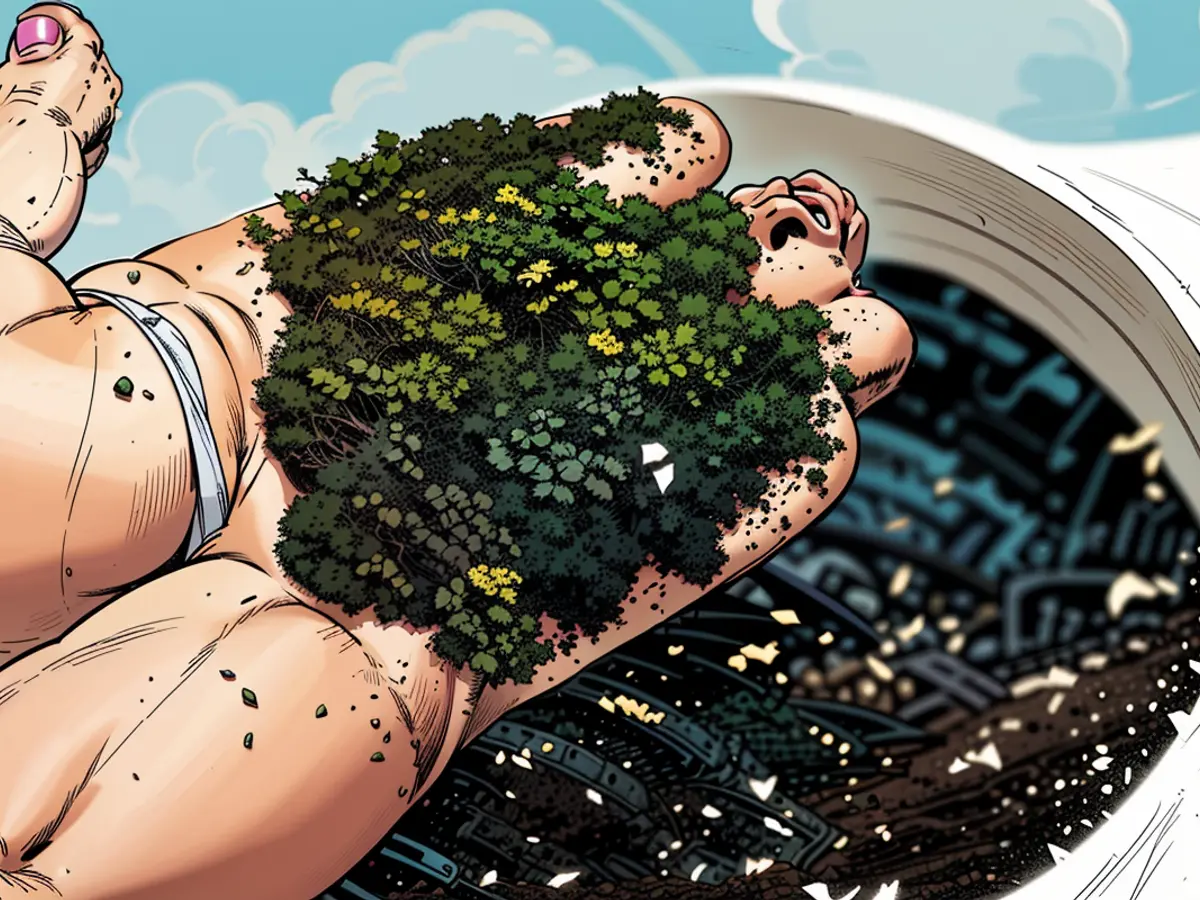Adding Perlite to Soil: Instruction and Timing
Before gardening, "soil" and "dirt" are seen as interchangeable. But once you try to plant something, you'll realize that the ground often comprises clay or sand and doesn't crumble easily. This is because the health of the soil and its content play a significant role in plant growth. Good soil needs organic matter to break up clay, beneficial fungi, nutrients from minerals and compost like nitrogen and calcium, and air pockets that help water reach roots.
This is important both in the garden and in potted plants, where plants have limited access to soil. To create good soil conditions, several products or conditioners can be used. These include perlite, vermiculite, peat moss, and coco coir. Knowing which one to choose and when to use them is crucial because they are more expensive than compost, and adding too much might cause issues.
What are Perlite, Vermiculite, Peat Moss, and Coco Coir?
Perlite and vermiculite are volcanic materials that have been heated and crushed into small, porous granules. They both hold water well, but vermiculite can hold more than perlite. Peat is a spongy moss harvested from bogs that have decomposed Sphagnum moss, forming a moist layer at the bottom. Since peat harvesting is unsustainable, alternatives like coco coir, a renewable coconut fiber industry product with similar properties, are gaining popularity.
While each of these products can create air pockets and retain water, they behave differently in your soil. Perlite and vermiculite are granular, while peat and coir are more fibrous and will keep your soil together better. You can find all these items at your local nursery, and bringing in a sample of your soil will help the garden center determine which is right for you.
Employing perlite and other additives in potted plants
Plant roots are crucial for any plant, as they provide nutrients, hydration, and stability. Indoor plants are bound to a pot and cannot search for resources like outdoor plants. Therefore, your soil in the pot is essential. Pots tend to dry out quickly with drainage holes and exposed air circulation, making air pockets even more vital. Most potting soils contain a combination of these products, like perlite or vermiculite, peat or coir, and compost with slow-release fertilizer.
If you want to create your own potting soil, adding these products in the proper amount can help your plant's roots stay moist. How much you add will depend on your plants. For those susceptible to root rot, more perlite is recommended (up to 50%). For most plants, start with a basic recipe: one part perlite or vermiculite, one part peat or coir, and two parts compost and slow-release fertilizer (following the instructions on the package).
Assisting raised beds, too
In your garden, utilizing these amendments can be expensive and less necessary, as a large amount of soil can more easily maintain moisture. Additionally, fungal structures like mycelium will develop within your soil, creating air pockets, and incorporating compost or compostable materials like leaves or chips will create soil that has the right texture and composition. Compost invites worms that help make air pockets as they consume organic matter.
However, if your soil is heavily clay-based and you want to break it up, adding perlite or vermiculite can be beneficial if incorporated well, with varying amounts (10-50%). The extent of your soil is massive, so even a small addition will help create fluffier soil. Start small and increase gradually, based on the plants you're growing and the climate, to see what works best. Though peat and coir are not commonly found in raised beds due to cost, they might be present in commercial soil blends.
Outdoor planters follow the same concept as indoor potted plants when it comes to amendments. These may include perlite, vermiculite, peat, or coir.
Maintaining and enhancing the quality of your soil is an ongoing task. Even if you start with premium bagged soil, plants gradually deplete its resources, requiring regular additions to meet their needs. What works for one plant type in a particular year might not be suitable the next, thanks to changing environmental conditions or new plants with specific requirements. While creating proper air pockets and moisture retention in your soil is essential, it's equally crucial to consider all the other necessary inputs. This can be achieved by having your soil tested or visiting your local farm store or garden center to seek advice on your specific situation.
Read also:
Do I need to add perlite to the soil for my potted plants at home, considering they require good soil conditions and air pockets for water to reach the roots?Is it recommended to use perlite in raised beds if my soil is heavily clay-based and I want to improve its texture and composition?








